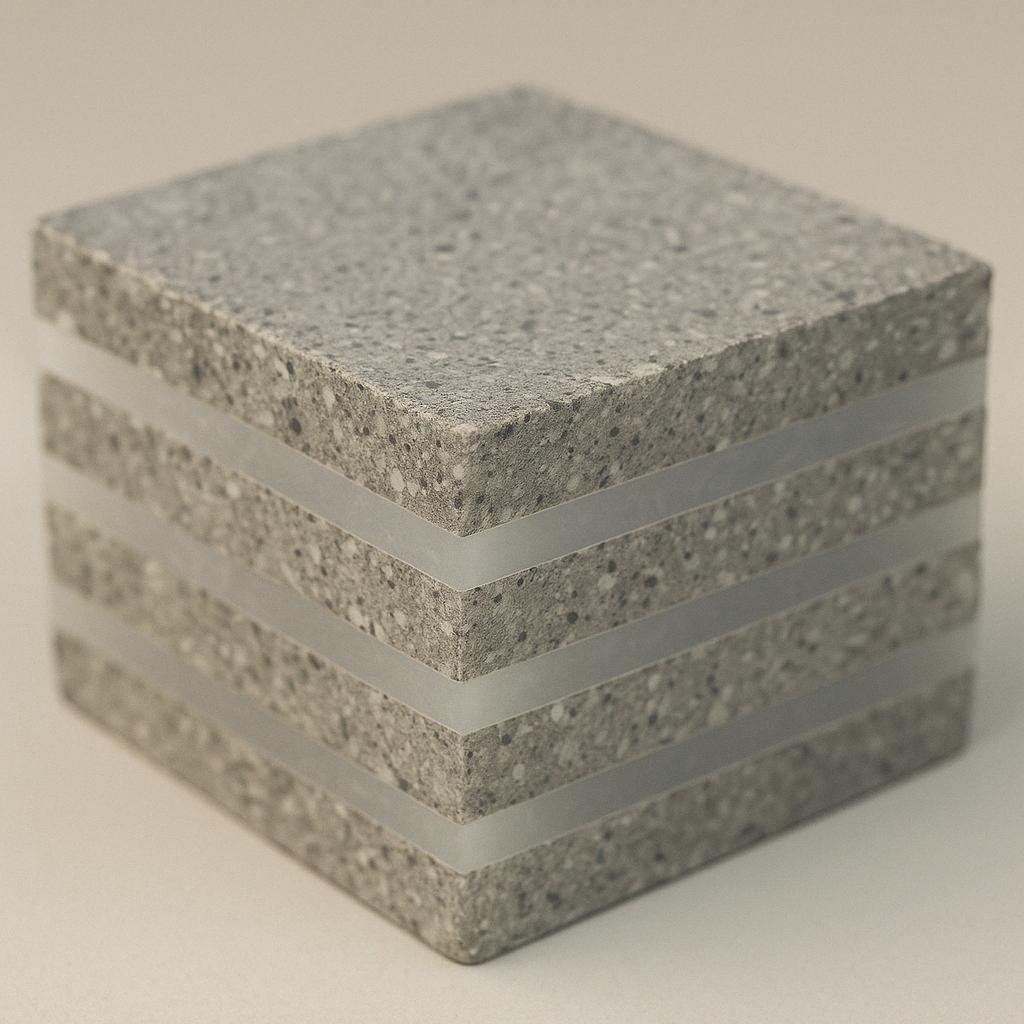In a groundbreaking development, researchers have engineered a cement-based material that not only provides structural support but also generates and stores electricity. This innovation could revolutionise the construction industry by enabling buildings to harness their own energy.
Biomimicry at Its Best

The research team, led by Professor Zhou Yang at Southeast University in China, drew inspiration from the layered structures found in plant stems. They developed a cement-hydrogel composite that mimics these natural configurations, enhancing the material’s ability to convert thermal energy into electrical energy. This bio-inspired design addresses the limitations of traditional cement in conducting electricity.
Enhanced Thermoelectric Performance
Traditional cement exhibits a weak ionic thermoelectric effect due to its dense matrix, which restricts ion mobility. To overcome this, the researchers introduced alternating layers of cement and polyvinyl alcohol (PVA) hydrogel. This multilayered structure facilitates faster ion movement, significantly improving the material’s thermoelectric properties. The new composite achieves a Seebeck coefficient of −40.5 mV/K, outperforming previous cement-based materials by a factor of ten.
Dual Functionality: Structure and Energy
Beyond its structural capabilities, this innovative material can store the electricity it generates. The unique architecture not only provides mechanical strength but also offers built-in energy storage, making it ideal for powering embedded sensors and communication systems in smart infrastructure.
“The biomimetic structure and interfacial selective immobilisation mechanism may pave the way for the design and fabrication of high-performance ionic thermoelectric materials,” the researchers noted.
Implications for Sustainable Construction
This advancement holds significant promise for sustainable construction. By integrating energy-harvesting capabilities into building materials, structures can become self-sufficient, reducing reliance on external power sources and contributing to lower carbon emissions. Such materials could lead to the development of roads that power streetlights or bridges that monitor their own structural integrity.

